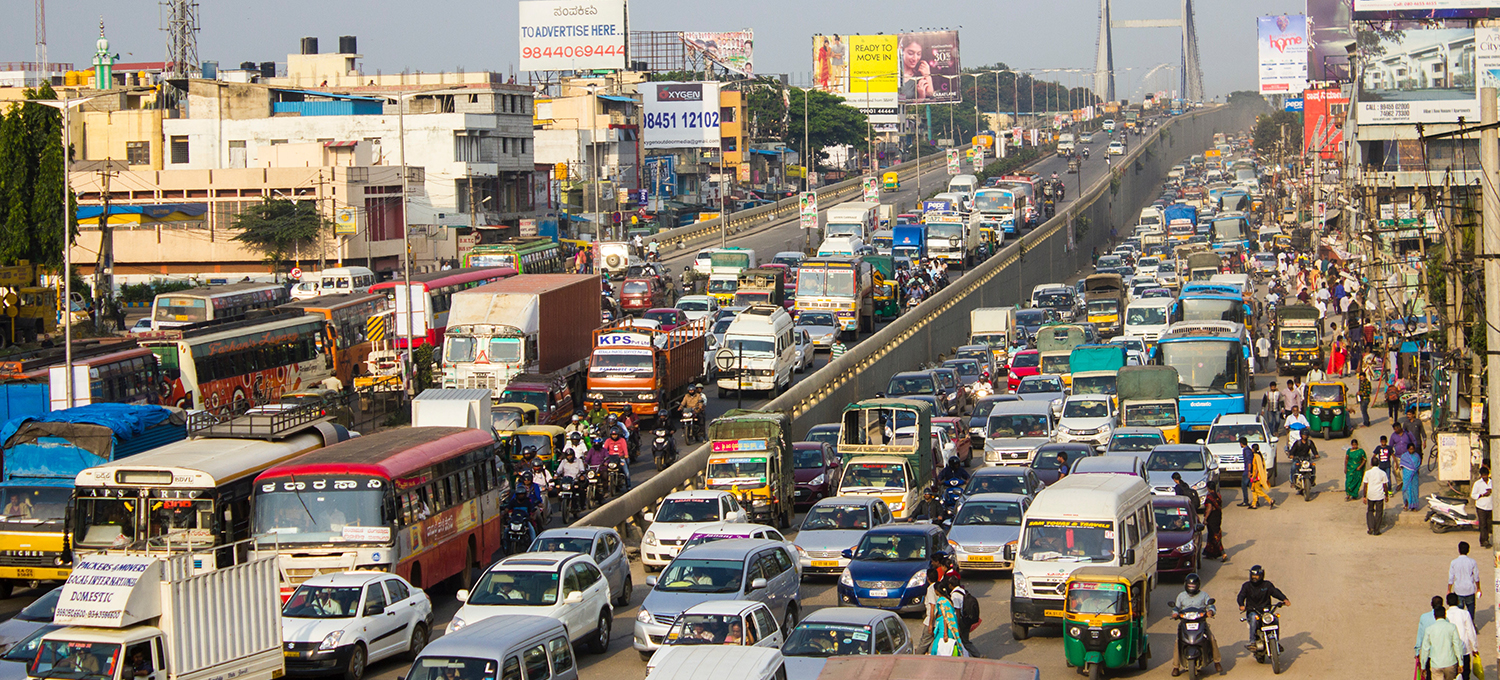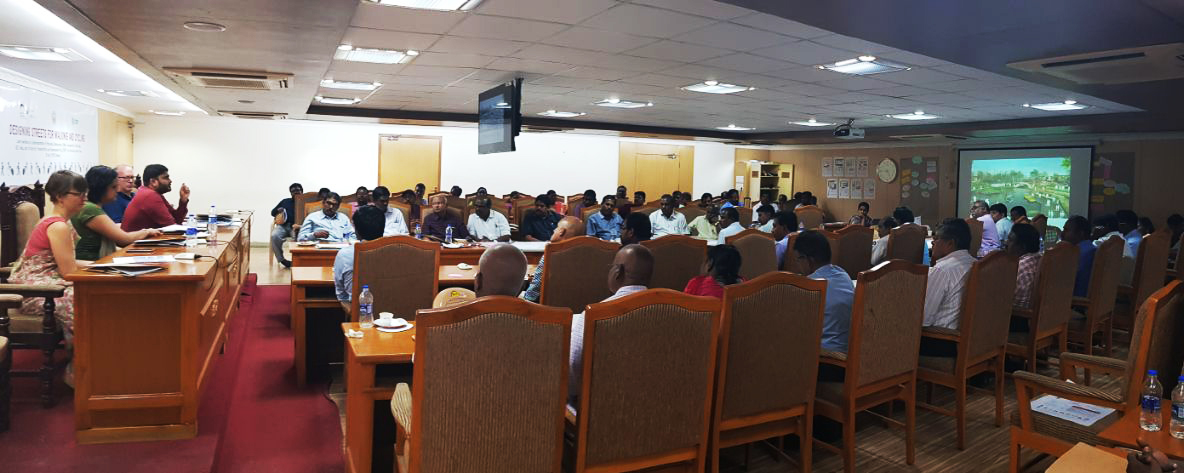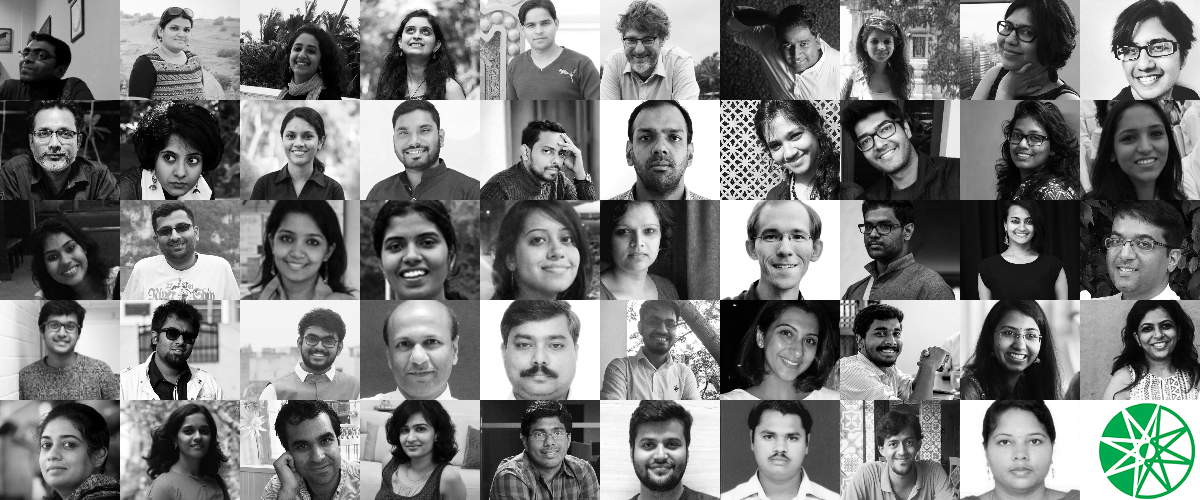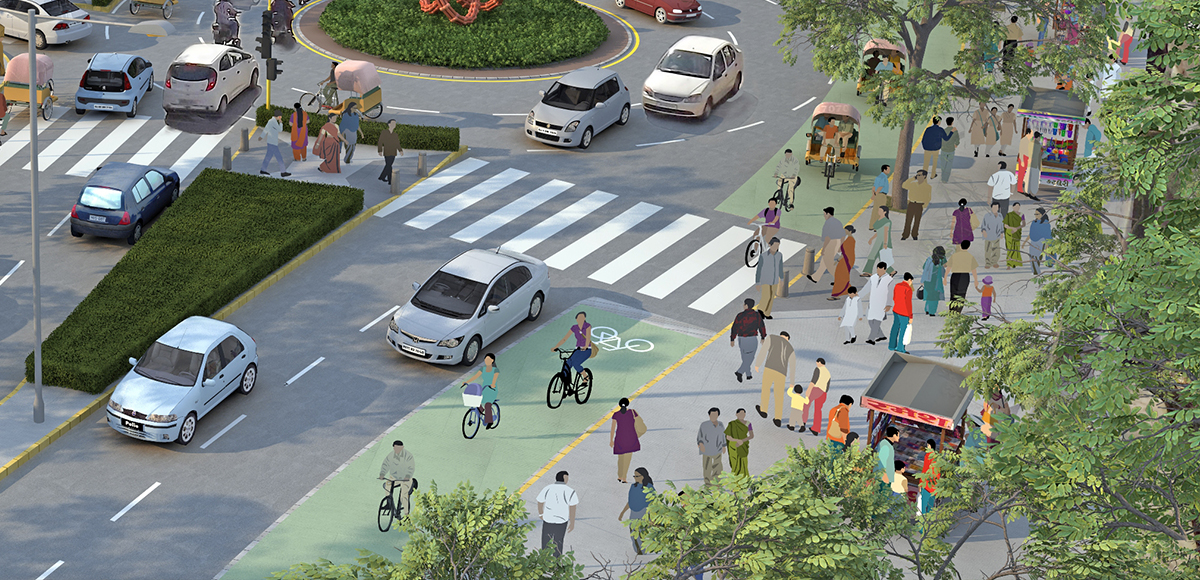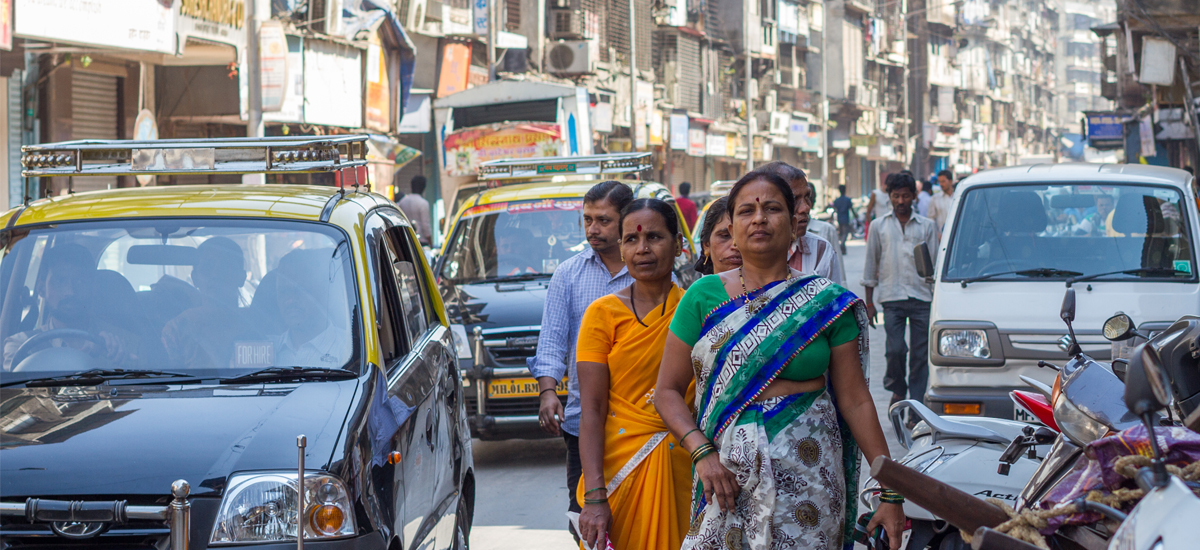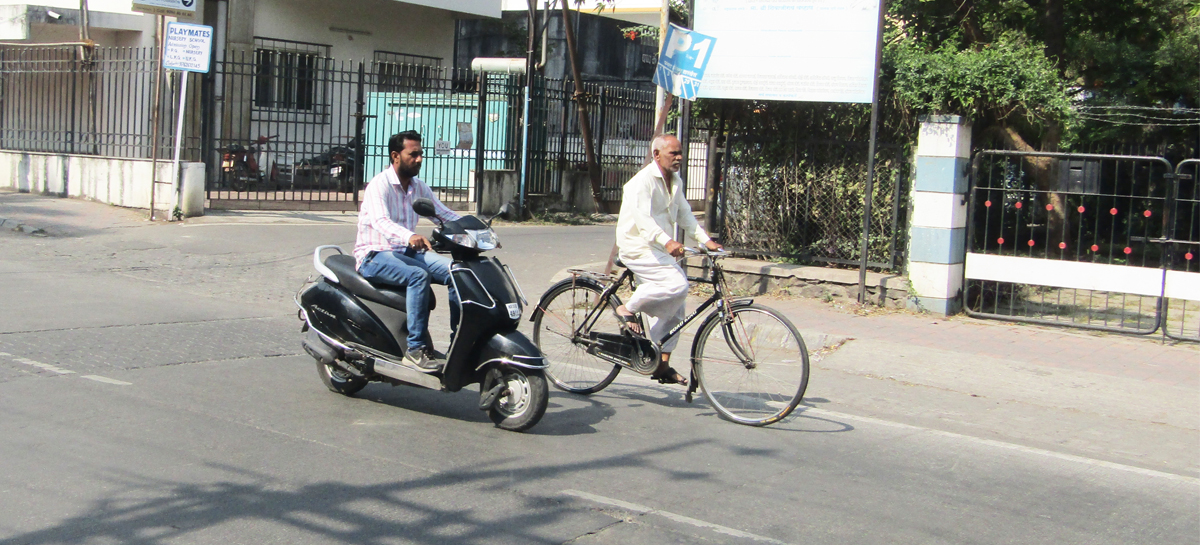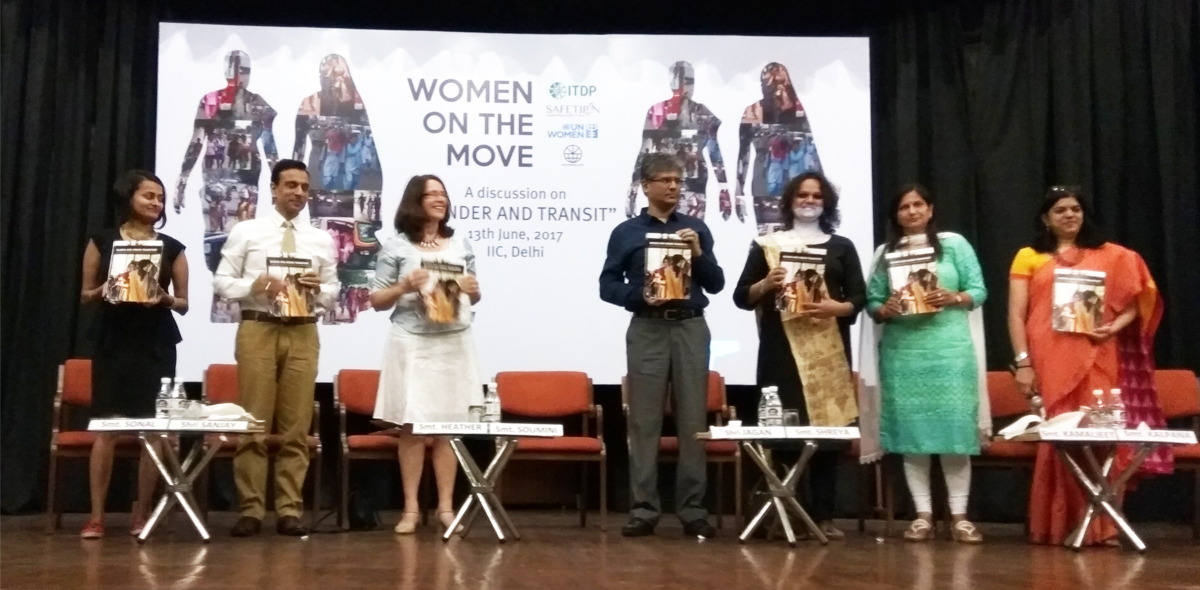The growing traffic problems in our cities calls for urgent and effective remedies. Yet old-school ‘solutions’ such as flyovers, wider roads, and elevated expressways actually make matters worse. Flyovers represent a twentieth century delusion of free flowing traffic, built at extraordinary costs for a very small percentage of road users.
Over decades, planning and development authorities around the world have fetishized the flyover as putative symbols of ‘modernity’ or ‘technological advancement’. Their actions to fuel the velocity and demand of private vehicles have shaped the urban space discourse. Flyovers continue to hack through the urbanscapes, displacing homes and economies.
In reality, while such infrastructure may provide a short-term illusion of relief from traffic woes, but by making it easier for people to use their own vehicles, new roads attract even more traffic and repeat the vicious cycle of congestion all over again.

Around the world, cities from Seoul to San Francisco are tearing down flyovers and/or rejuvenating dead spaces under the flyover with human scaled spaces that promote green modes of transport. In doing so, these cities have been able to reduce pollution, improve safety, and ensure that high quality public transport offers a meaningful alternative to sitting in traffic.

The Cheonggyecheon River Linear Park Project, Seoul


Cities in India have started to recognise that the key to urban mobility is moving people, not vehicles. In 2016, Ranchi (capital city of Jharkhand), a city for which ITDP India Programme has provided technical support since 2013, took bold steps and stalled the construction of two flyovers on Main Road.
The Urban Development and Housing Department, Government of Jharkhand, cancelled the flyover project that was proposed to decongest the city area, and instead focused on designing the street to prioritise the cleanest, most efficient modes: walking, cycling, and public transport.
Over a third of the population in India cities rely on walking, cycling, and other forms of human-powered transport to commute to work and get around cities every day. Increasing the use of cycles and the ease of walking is one of the most affordable and practical ways to reduce CO2 emissions, while boosting health and access to economic opportunity.
Indian cities should also focus on public transport driven mobility. By international standards, our cities need 20-30 km of mass rapid transit for every 10 lakh (one million) residents. This means that the larger cities of the country like Chennai require over 300 km of rapid transit. Currently, with only 100 km of suburban rail and metro combined, it would take two generations to build enough rapid transit in the city!

One of the most effective option to scale up the nation’s ability to provide high capacity public transport corridors is the Bus Rapid Transit, also known as the BRT. The system features dedicated median lanes for buses, allowing commuters to bypass the congestion in mixed traffic lanes.
A Bus Rapid Transit can carry anywhere between 10,000-30,000 people per hour per direction, which is approximately seven to eight times more than the capacity of a 2-lane flyover. The system can also be deployed quickly at a fraction of the cost of a flyover. A flyover costs approximately Rs 200 crores per km, whereas, a Bus Rapid Transit costs Rs 15-20 crores per km.

Cities like Seoul, San Francisco, Toronto, built flyovers between the 1950s and 1980s, only to pull them down later to make space for its people! To be ‘smart’, Indian cities must learn from these examples and best practises. Our cities should realise that such infrastructure only begets more traffic and pollution, and shift focus to prioritising walking, cycling, and the use of public transport.
Authored by Kashmira Dubash




